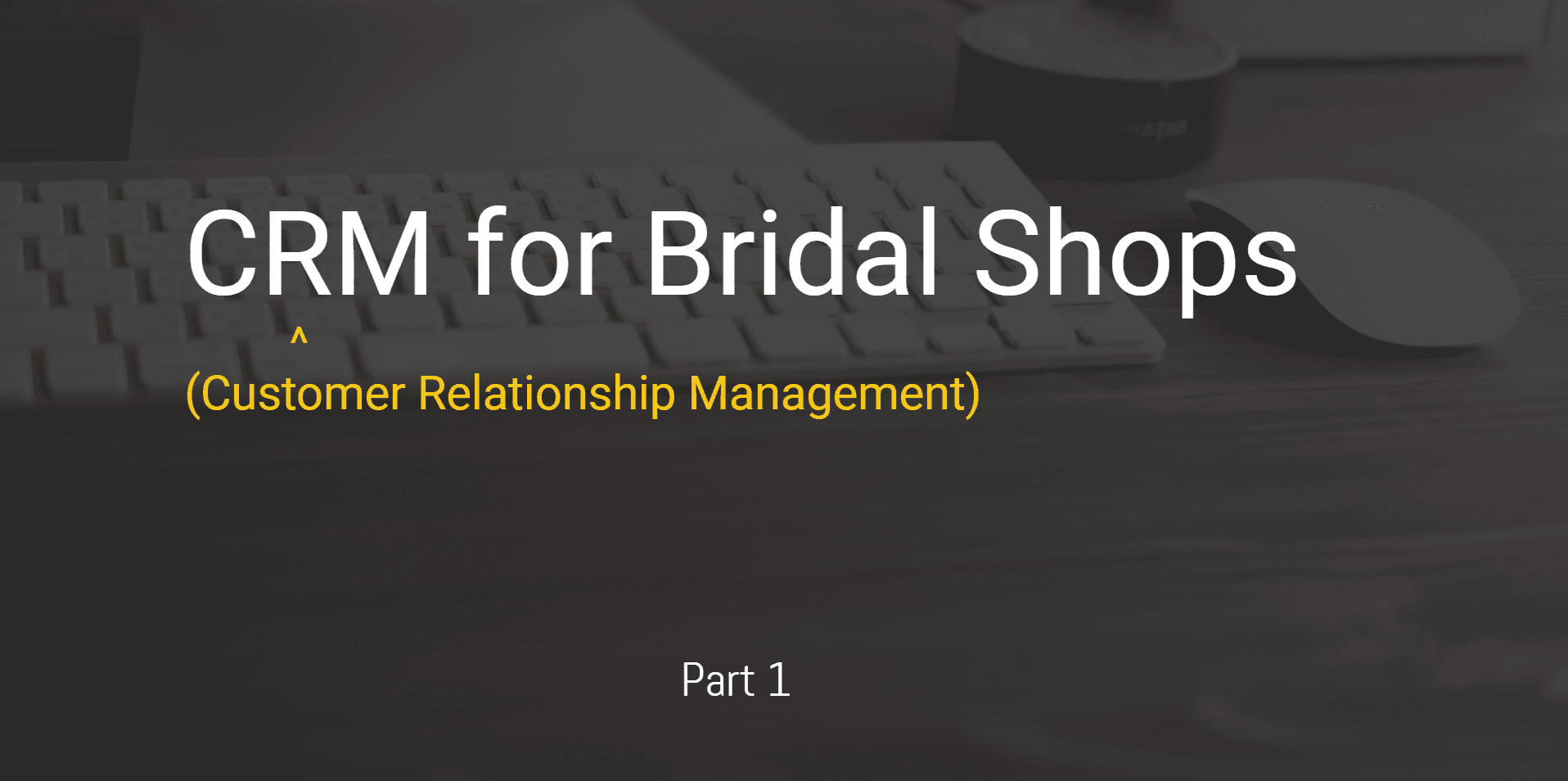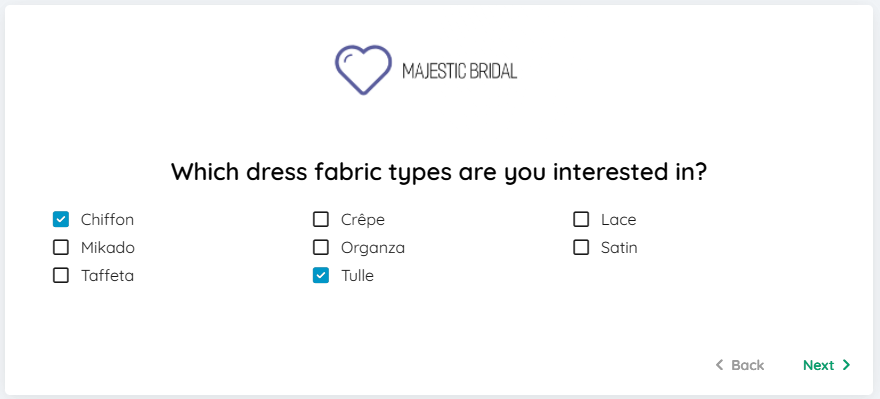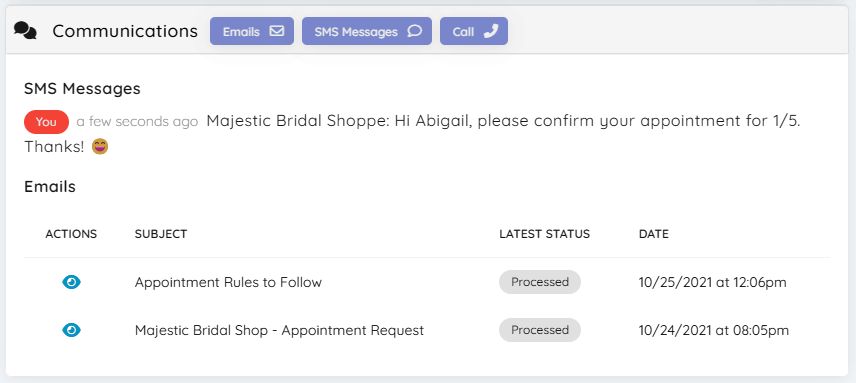
Why CRM Matters for Bridal Shops
Customer relationship management (CRM) is a system that helps you manage your bridal shop's relationships and interactions with customers throughout their entire journey with you - from the moment they first book an appointment to their wedding day. Your interactions with customers shape how they perceive you and your business. If they feel you're unresponsive or disorganized, it becomes much harder to make a sale and earn valuable referrals.
This is where a CRM system excels. It makes managing your communications effortless and helps your customers feel like they have your undivided attention. CloudBridal offers a comprehensive suite of tools that makes it easier than ever to build and nurture relationships with your clients. Let's explore this process and how our software enhances relationship management.
Isn't CRM Obvious?
You might think it's self-evident that maintaining positive client relationships is essential for attracting business, referrals, and reviews. You're absolutely right - this is fundamental to any successful client-facing business! However, having a CRM system to manage these relationships is crucial for two specific reasons: scale and consistency. Let's explore why these are so important.
-
Scale: Scale refers to your business's ability to maintain excellence as client demand increases. Growth is natural for successful businesses, and most owners view it as a key measure of success. While managing relationships with a small client base might be straightforward, it becomes challenging as demand grows - you simply can't provide the same level of service without additional resources. A CRM system enables successful scaling by providing an organized, intuitive interface for managing each client's journey. It also automates many communication aspects, from client registration to automated emails and timely alerts.
-
Consistency: Consistency is vital to business success. Many clients find you through personal referrals and online reviews, which create expectations they expect your business to meet. While maintaining consistency might be simple as a solo employee, business growth requires hiring additional staff to handle increased demand. A CRM system helps maintain consistency by providing a unified platform for you and your employees.
Now that you understand why a CRM system is crucial for managing your bridal shop, let's explore the client relationship lifecycle in more detail.
The Beginning of Every Client Relationship
Your first meaningful interaction with a client occurs during their initial appointment. While this is typically the most uncertain phase of your relationship, being well-prepared and organized can significantly influence their opinion of your business, increasing your chances of making a sale. Traditionally, this preparation happens through a phone call where you gather information about your client and their preferences to prepare for the first appointment.
CloudBridal's CRM system streamlines this process through the Appointment Scheduler + Customer Registration Tool. Clients start by booking an appointment through the scheduler, selecting an available time slot and providing basic information. Once their appointment is confirmed (either automatically or by staff, depending on your settings), the customer registration tool automatically collects important information to create their Customer Profile.

The tool's greatest strength is its full configurability. You can customize the questions to gather exactly the information you need, and all responses automatically populate the client's profile. This saves time on data entry and helps you optimize appointments by understanding customer preferences before they arrive. Your ability to prepare in advance reassures clients they've made the right choice in visiting your shop.
What's next in CRM?
While the initial client relationship forms the foundation for all future interactions, there's much more to CRM that can help maintain positive relationships. Watch for our upcoming follow-up blog post about best practices for maintaining long-term client relationships.
